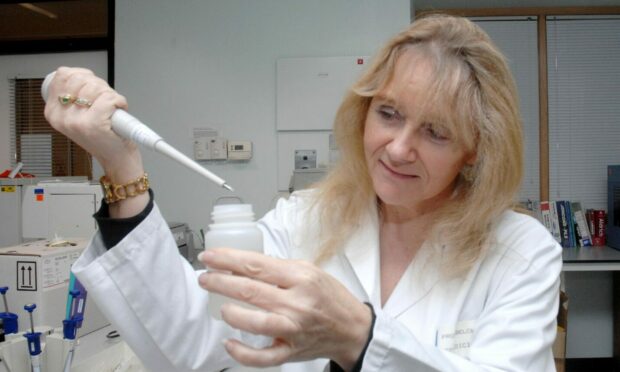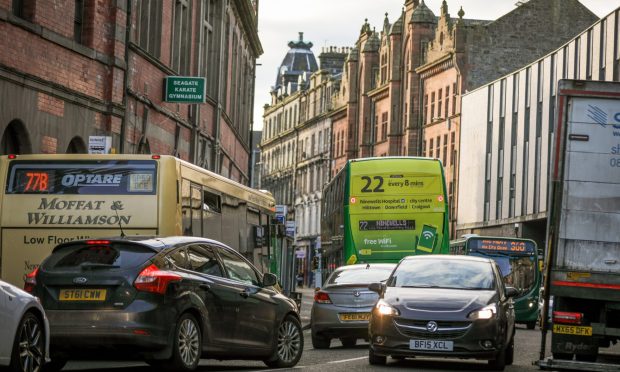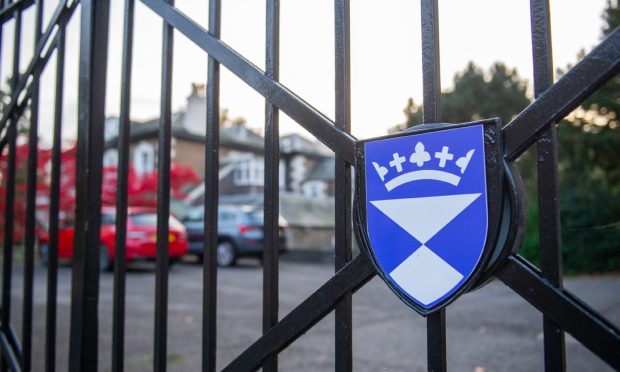Air quality monitors should be placed in city primary schools across the region to improve children’s health, according to a Dundee respiratory expert.
Jill Belch, a professor of vascular medicine at Ninewells Hospital, says she is seeing youngsters turning up at hospital with lung, skin and gut diseases all caused by high pollution levels outside their schools.
She says the Scottish Government needs to be able to detect which schools are in high pollution areas so they can take immediate action to improve air quality.
Professor Belch wrote to MSPs investigating the problem asking for monitors to be placed in all primary schools in Dundee, Perth and Dunfermline for a year.
Kids breathing in harmful toxins
Ms Belch, who lives in Scone, said: “The issue is we grow by dividing cells, and when a cell divides it is much more vulnerable to poisons.
“Kids also spend more time outside and when they walk along a road they are right next to exhaust pipes.
“People measuring high pollution levels found this all exposes them more than adults because they are nearer to the pollution.”
She said hospital admissions for children under the age of 16 with lung, skin and gut diseases are also much higher on days of high pollution.
Professor Belch said: “Pollution is landing on children’s skin and is then being swallowed and breathed in.
“Having air pollution monitors put in schools should be easy to do because councils will already have air pollution expertise who can read them and have a way of reporting the figures.”
Proposals to improve poor air quality
Professor Belch, who is a member of the Scottish Greens, said if high pollution levels are detected around a certain school, there are things that can be done “immediately” to bring this down to a more normal level.
She said: “One thing is greenery – just put trees around the area and at the edge of playgrounds.
“You could have trellises growing green things which is very good for pavements because they don’t take up much room.
“There are more controversial options such as diverting traffic away from schools and potentially asking businesses in the area to have staggered starts so there is no huge peak at rush hour.
“There are things that we can do very rapidly to make things better.”
Government committed to good air quality
MSPs separately discussed air quality at Holyrood’s net zero, energy and transport committee on Tuesday.
Dr Gary Fuller, a senior lecturer in air quality measurement at Imperial College London, suggested the Scottish Government focus on tackling air pollution in places where vulnerable people like children are, instead of focusing on areas of high pollution.
The Scottish Government says improving air quality and children’s health is an “urgent priority” for both people and planet.
A spokeswoman said: “The Scottish Government provides guidance to local authorities on the placement of air quality monitoring sites, which are prioritised to cover potential hotspot areas.
“This ensures that any areas of concern will be picked up, including those locations where vulnerable groups may be present, such as schools and hospitals.
“Scotland’s low emission zones will also provide benefits for thousands of people in Scotland’s cities.
“They will reduce harmful emissions significantly and help to deliver air quality objectives.
“That’s an important step forward for the wellbeing of our communities and environment.”












Conversation